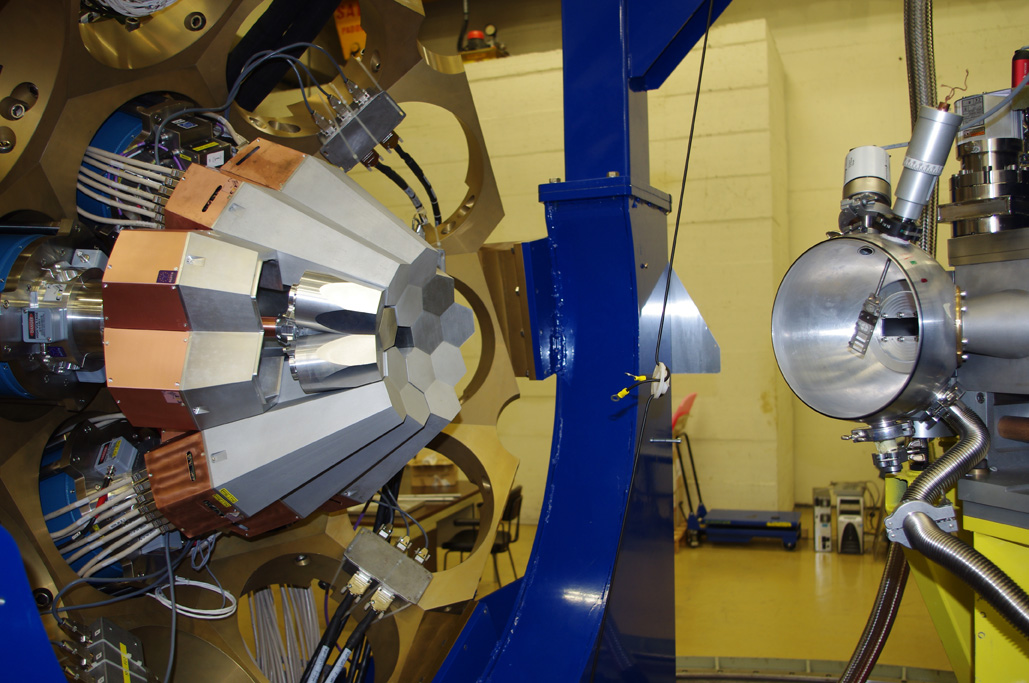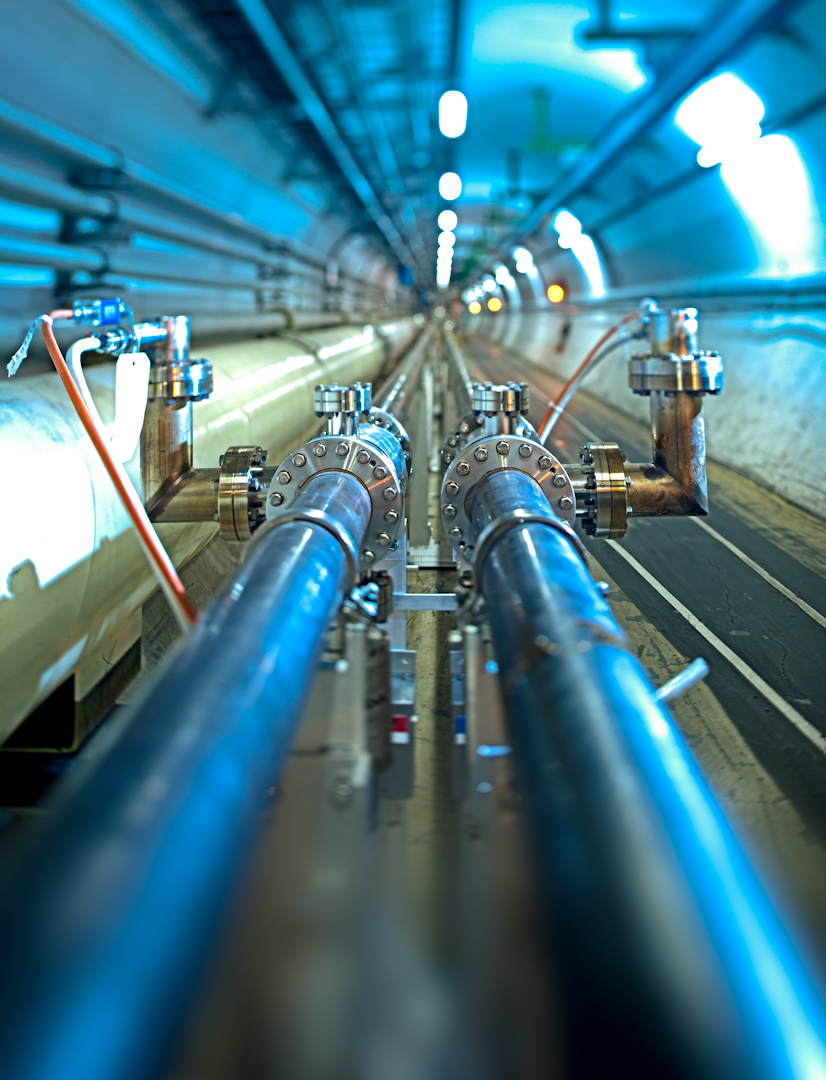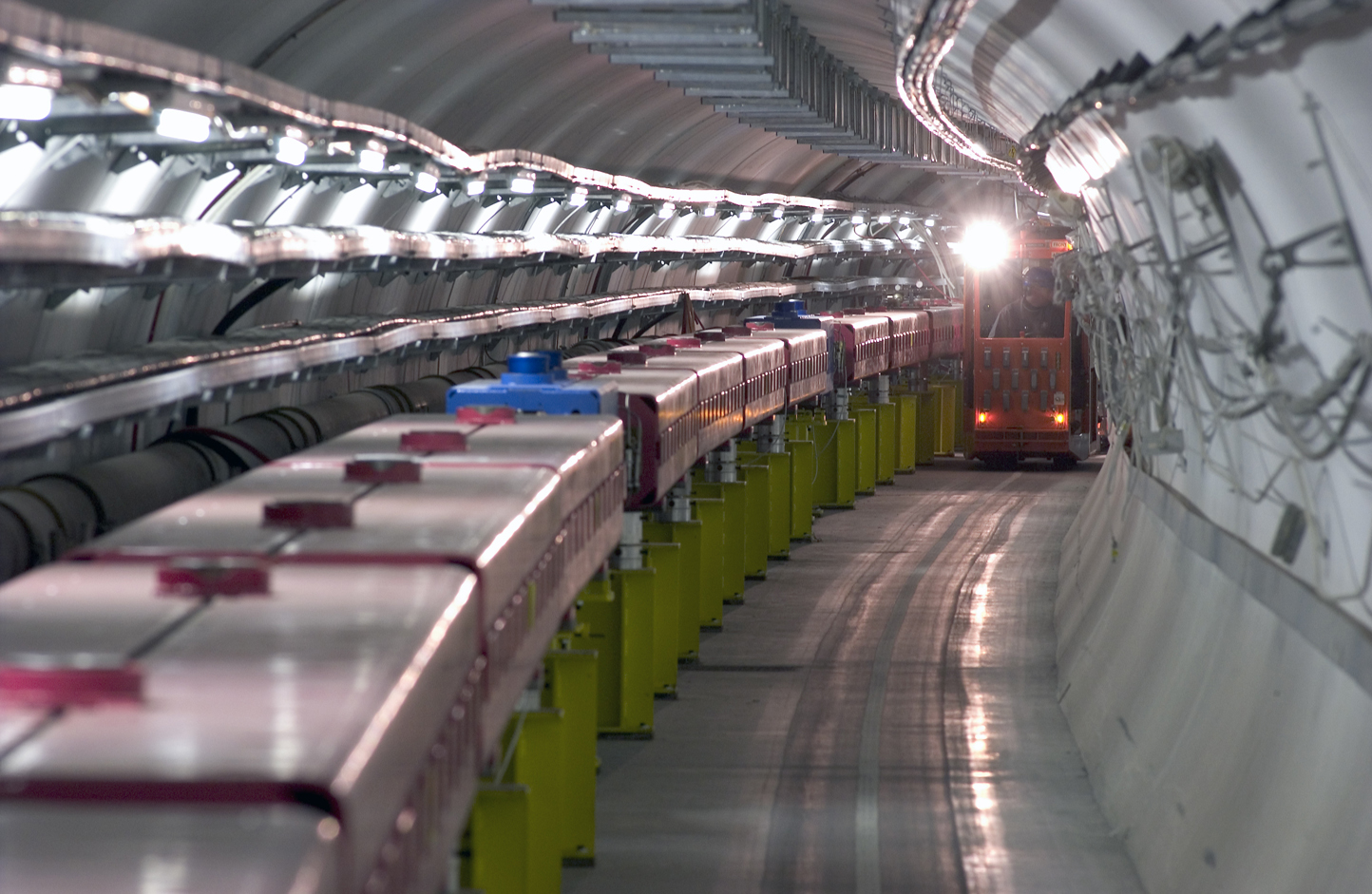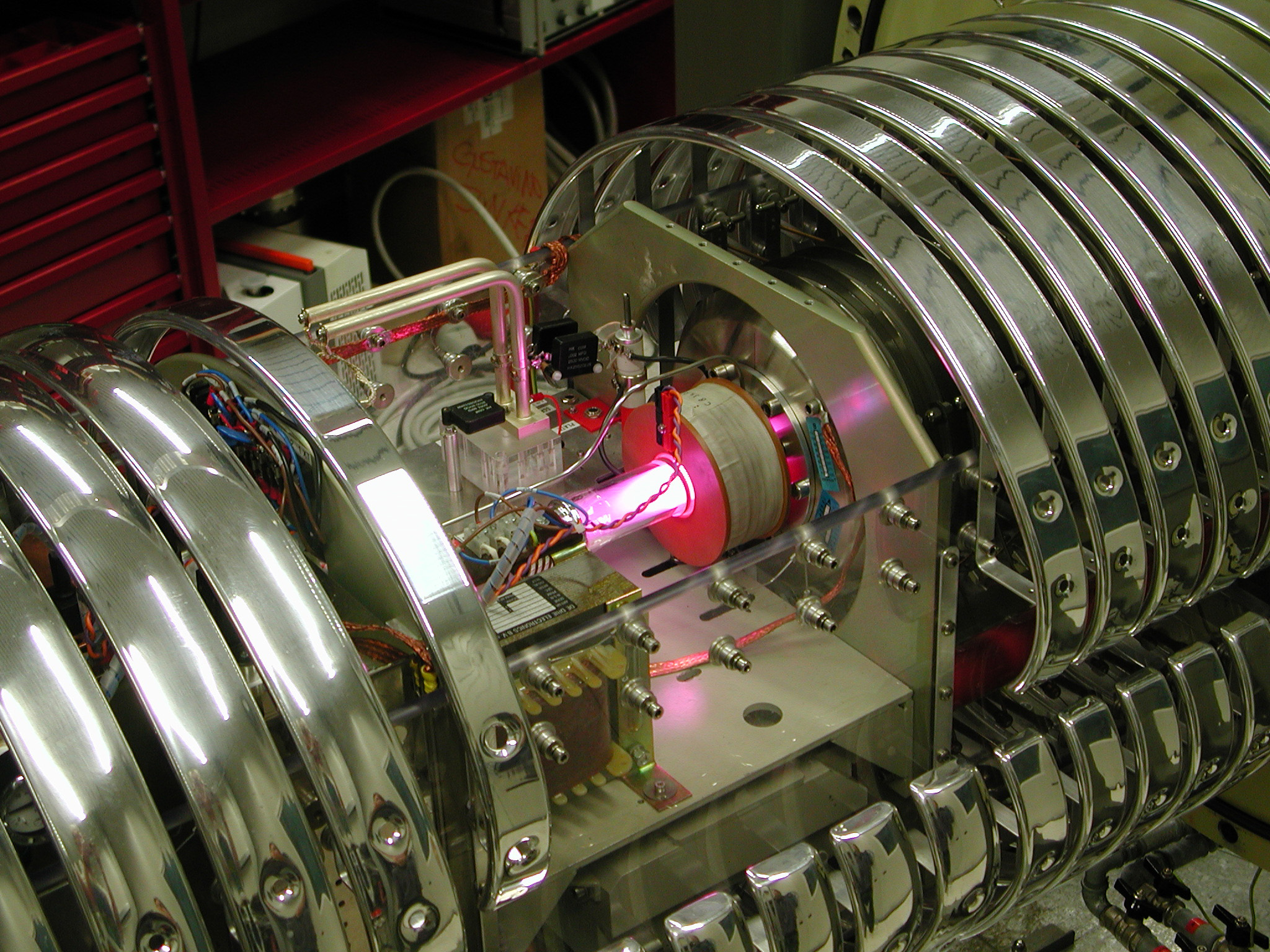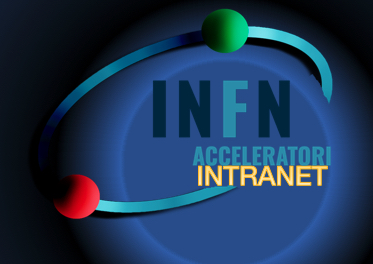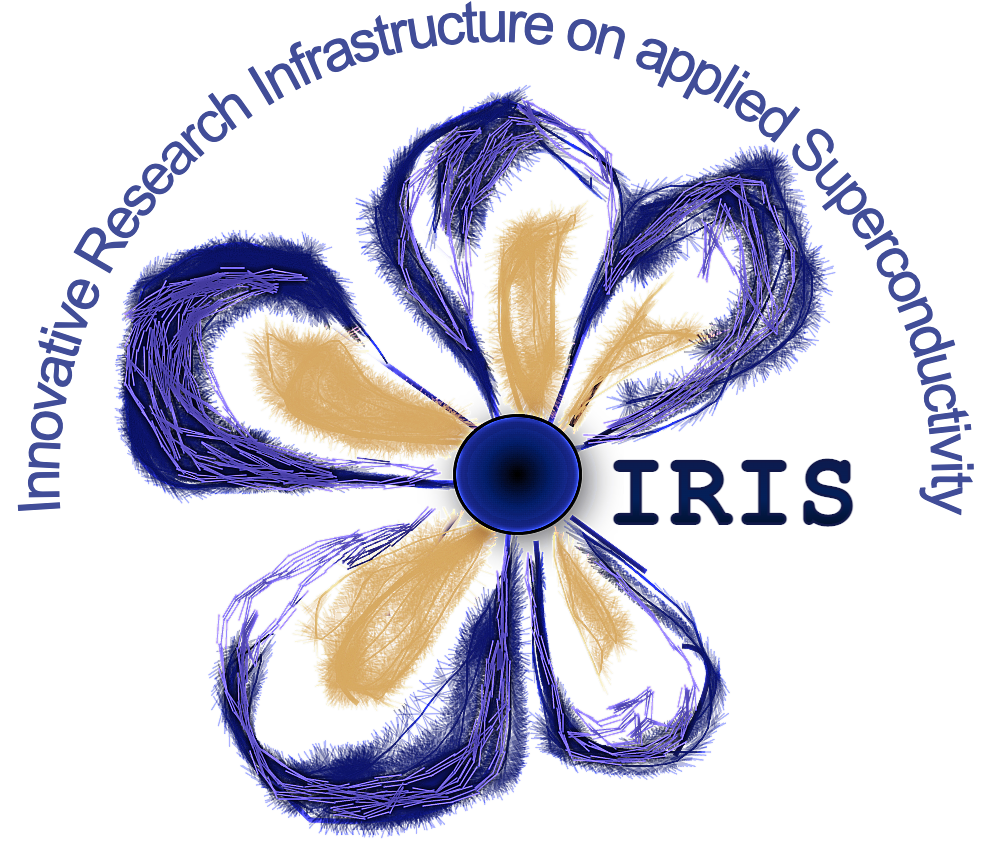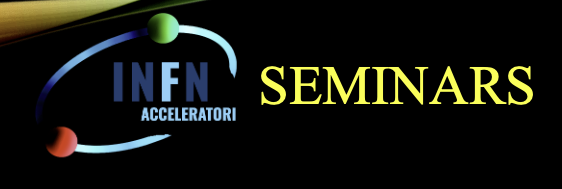-
SEMINARIO ACCELERATORI n 10 - 04 November 2022
at 14.30
speaker is
Dr.Laura Bandiera, INFN FerraraCrystals for Particle Accelerators
Abstract:
Crystal lattice can trap particle beams along major crystallographic directions through the so-called channeling phenomenon. In a bent crystal, the channeled particles follow the bend. This makes a basis for an elegant technique of beam steering by means of bent crystals. Elective application of this technique in high-energy hadron beam is collimation. In particular, future upgrades of the CERN Large Hadron Collider (LHC) demand improved cleaning performance of its collimation system and the possibility to use a crystal-based collimation system represents an option for improving both cleaning performance and impedance compared to traditional approaches. In addition, bent crystals have been tested for the slow extraction of the multi-GeV Super Proton Synchrotron (SPS) beam and could be exploited to extract the LHC or the Future Circular Collider (FCC) hadron beams in order to realize multi-TeV fixed target experiments and beamlines. Crystal-based beam extraction can be applied also to electron and positron beams as recently proposed at DESY and DAFNE. This technique will allow supplying of fixed-target experiments with intense high-quality monoenergetic beams, e.g., PADME at LNF. Recently, the possibility to exploit bent crystals for the merging or the coalescence of particle beams in the transverse phase space has been proposed.
Another peculiar characteristic of channeling in crystals is the higher intense electromagnetic radiation generated by electrons and positrons if compared with Bremsstrahlung in amorphous media. In the last decades, the possibility to use a periodically bent crystal as a Crystalline Undulator has been explored. A sine-wave periodic potential can force particles along nearly sinusoidal trajectories and make them to radiate hard-X and gamma rays with wavelengths orders of magnitudes less than 1 Angstrom, i.e. within the range that cannot be reached by existing magnetic undulators. Such light sources will have many applications in the basic sciences including nuclear and solid-state physics and life sciences.
The intense Channeling Radiation is also proposed to increase the positron production rate for an intense positron source for future lepton colliders, such as FCC-ee, ILC, CLIC or a positron driven Muon Collider. Indeed, recently this option has been included in the FCC-ee Injector design study.
In this seminar, we review all these recent developments in the field of crystals for particle accelerators and show outlooks for the future.
